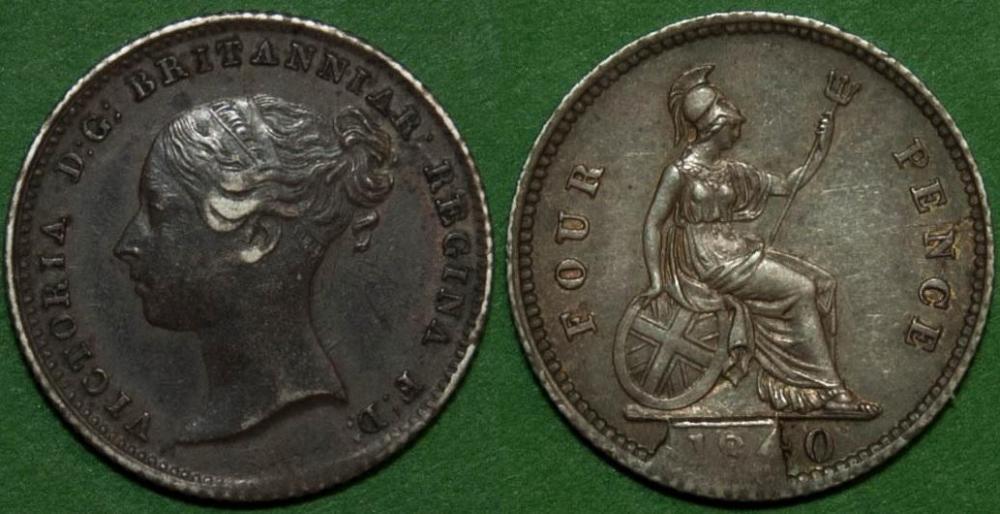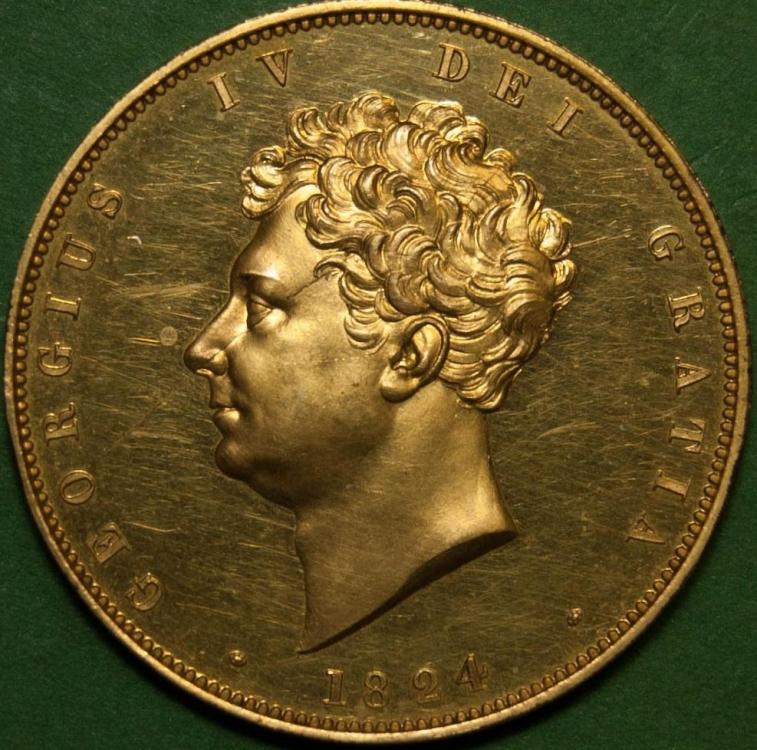-
Posts
12,743 -
Joined
-
Last visited
-
Days Won
339
Content Type
Profiles
Forums
Events
Downloads
Store
Gallery
Articles
Everything posted by Rob
-
Had a game of Ticket to Ride tonight with a twist. In the spirit of Russian isolation, the two long routes with Russian destinations were removed and to discourage you from doing shorter routes through or within the country, you had to pay a surcharge of 2 extra cards to use any one section within Russian borders or with a Russian terminus. Remarkably it worked ok, though western Europe was a tad congested with 4 players.
-

Customs Charges - how random are they?
Rob replied to 1949threepence's topic in British Coin Related Discussions & Enquiries
Maybe the office dealing with the import or the experience of the staff, or maybe the customs code was correct. The local one to here is near Derby by East Midlands airport, but Stanstead has an office too. It must be a function of staff turnover as well. With the vast majority of items chargeable at 20%, coins over 100 years old are something of an anomaly and not the first thing to be taught in training. Ironically, FEDEX got it wrong for the first time in 10 years on the last import, and UPS got the last one right - for the first time ever too. -

Customs Charges - how random are they?
Rob replied to 1949threepence's topic in British Coin Related Discussions & Enquiries
5% import VAT plus processing charge? FEDEX in my experience get it right most of the time and UPS wrong most of the time. Most of my imports use Fedex by request for the aforementioned reason. -
I changed Novichok to Eau de Polonium before I posted. Either way, the important thing is to eliminate him somehow.
-
It's been speculated on and with hindsight, bleedin' obvious for years. All dictators operate the same basic way. First thing is to grant themselves the position of leader in effective perpetuity. The fact he limited his period in office to 2036 is an irrelevance and totally arbitrary. Previously he had the inconvenience of two terms max. Copper misread my previous reply. We desperately need a bus to run him over, or his butler to give him some Eau de Polonium.
-
Why does the proverbial bus fail to turn up when you need it?
-

Customs Charges - how random are they?
Rob replied to 1949threepence's topic in British Coin Related Discussions & Enquiries
Depends on whether the seller wants the item to be insured. If you want £x of cover, then you need to declare this value on the customs label too. -
Official cupro-nickel and silver crowns are both nominally 28.2g, so that doesn't mean much. Only something on a thinner flan or made in tin to the correct dimensions would be underweight. The missing elements are far more persuasive for it being a modern replica. Better still, search Chinese sites for more examples.
-

1903 Penny with squared off bottom loop inside the 3
Rob replied to terrysoldpennies's topic in Confirmed unlisted Varieties.
I'd say it was damage to the die in the absence of a different font 3. Is it any different to a filled numeral such as the internal angle of a 2 where it is clearly due to the loss of a tiny fragment -
It's been mounted previously. Ironically, if the ring had been left on it might just have been worth $12.50 to someone, as it then had a purpose. Now it's just a piece of highly polished scrap of use to neither collectors nor jewellery afficionados.
-
Not usually, but maybe I guess. Normally it's for illustrative purposes in a catalogue or an article, and yes, you can see the wax in the pictures. For an example of this, Nicholas(?) posted a Chas.1 halfcrown with a superb provenance going back nearly 200 years where you can see the wax on the image in Hamilton-Smith's 1919 sale. I can't remember which thread, but it's probably Coin acquisition etc. However, museums also took a wax impression on occasion, if they wanted a record of the dies. e.g. My Edward the Elder penny is unique, so when Lockett bought it at the Vatican Hoard sale, the BM took an impression which left a tiny blob of wax.
-
Ah. Excellent acquisition. That's a box I still need to tick, so when you get fed up and sell things off again - yes please.
-
VF is too low - look at the shield detail. Having said that, the quality of the dies is crap as they look to be a bit long in the tooth. I'd go somewhere between the two grades.
-
It looks too small to be double struck, so Stuart's suggestion is more likely.
-
It certainly looks like it is muled marks, but could be crown over grapes. For some reason, the legend is often a but squashed in at the mark on a few shillings I've seen, so I think it is probably genuine. The harp strings look a bit crude, but the blocked letters such as the E are often seen in this period and a copy is unlikely to replicate this. Weight is ok.
-

1843 Groat 4 over 5?
Rob replied to VickySilver's topic in British Coin Related Discussions & Enquiries
4 over inverted 3? He'd have the 3 punch to hand. -
I bought a mint 1927 for £30. Mind you, didn't have the bagmarks which must have accounted for the premium. The estimate at $60-100 was reasonable, allowing a slight premium for the high grade label.
-
Dunn could be J Dunn-Gardner, sold at Christies 29/4/1902. Timing is right. Neck's collection was bought en-bloc by Webb in about 1887.
-
Virtually every dealer is asking where these people paying high prices are. It appears that just as you have people who only buy on ebay or facebook, so there are people who have decided to buy at auction to the exclusion of other outlets. You often see something that you make a mental note is worth £x and it opens above this level. Add in the premium and mark it up as you have to, and you have something that nobody will touch. Selling at fairs, everyone expects you to come down a bit from the ticket price, but these are almost mostly lower than you would have paid at auction in the first place. It's a parallel universe.
-

Henry III (?) long cross penny - help with class, moneyer and mint please.
Rob replied to Paddy's topic in British Hammered
3b, IORDAN, Winchester





